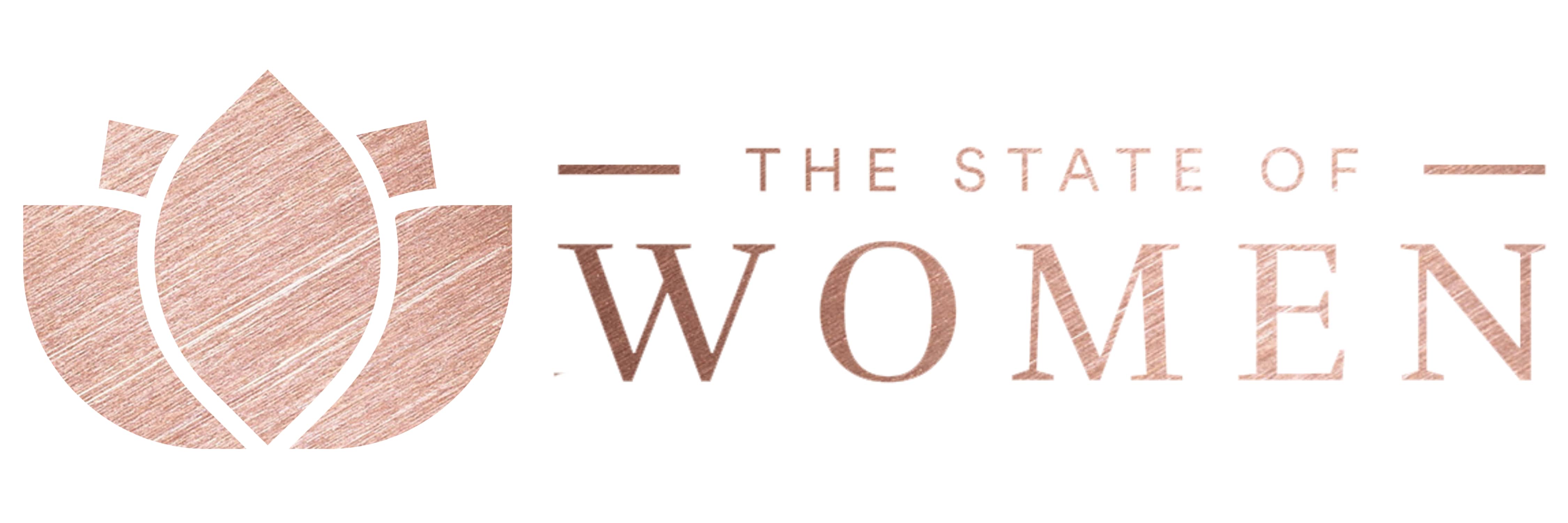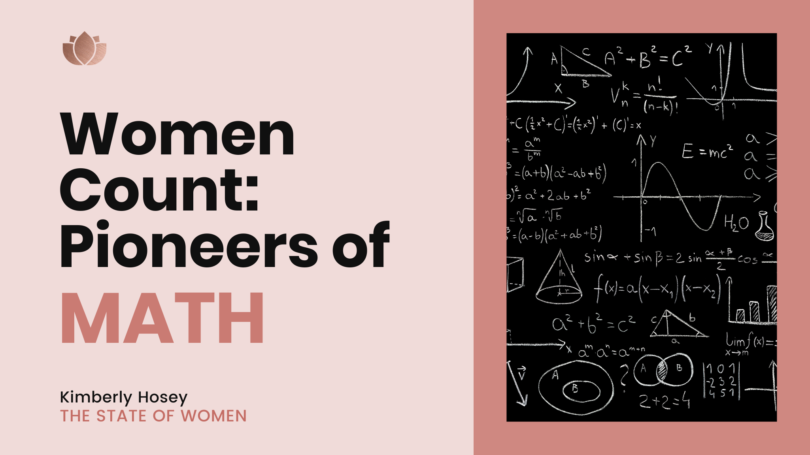The International Day of Mathematics, marked each year by UNESCO, recognizes the extraordinary impact math has on our daily lives. This year’s theme, “Mathematics for Everyone,” is the perfect opportunity to highlight the accomplishments of several women mathematicians throughout history and today. Women in mathematics have discovered, explained, inspired, and made breakthroughs throughout history despite facing significant obstacles. Their work continues to inspire, impact, and reveal truths about the world we share. Join us in celebrating and honoring just a few women of mathematics—and let us know who inspires you!
Ada Lovelace: “The more I study, the more insatiable do I feel my genius for it to be.”
Lovelace, a trailblazing mathematician and the first computer programmer, was born in 1815 in London, England. She was the daughter of famous poet Lord Byron and Annabella Milbanke, who introduced her to mathematics as a way to steer her away from her father’s “madness.” Lovelace is best known for her work with Charles Babbage on the Analytical Engine, a forerunner to the modern computer. She wrote the first algorithm intended to be processed by a machine, making her the world’s first computer programmer.
Sofia Kovalevskaya: “It is impossible to be a mathematician without being a poet in soul.”
Kovalevskaya, a crucial contributor to the fields of analysis, partial differential equations, and mechanics, was born in Moscow in 1850. She faced significant barriers as a woman seeking a career in mathematics, including being denied entrance to university and being denied academic positions because of her gender. Despite these obstacles, she pursued her passion for mathematics and went on to become the first woman to earn a doctorate in mathematics, the first woman appointed to a full professorship in Northern Europe, and the first woman member of the Russian Academy of Sciences.
Katherine Johnson: “Girls are capable of doing everything men are capable of doing. Sometimes they have more imagination than men.”
Johnson, a NASA mathematician celebrated in “Hidden Figures,” was born in 1918 in West Virginia, USA. She was a pioneering mathematician who made critical contributions to the United States’ space program, including calculating the trajectory for the first American-manned space flight and verifying the flight paths for the Apollo missions. Despite facing discrimination and segregation as a Black woman in the United States, Johnson persisted and made history with her groundbreaking work.
Emmy Noether: “My methods are really methods of working and thinking; this is why they have crept in everywhere anonymously.”
Noether, a German mathematician who made crucial contributions to abstract algebra and modern physics, was born in 1882 in Bavaria, Germany. She developed the concept of “Noether’s Theorem,” which relates symmetries in physics to conservation laws. This work revolutionized the field of physics, and Noether’s contributions continue to influence the work of scientists today.
Valerie Thomas: “It comes from questioning everything, falling in love, fighting the power, living without limits.”
Thomas, a pioneering scientist and inventor of the illusion transmitter, was born in 1943 in Maryland, USA. She began her career at NASA, where she worked on satellite technology and led a team that developed the Landsat program. Later, she joined the Department of Defense, where she worked on advanced imaging technology, including the development of the illusion transmitter. Thomas is an inspiration to women in STEM fields, and her work has had a lasting impact on the technology we use today.
Maryam Mirzakhani: “The beauty of mathematics only shows itself to more patient followers.”
Mirzakhani, a leading Iranian mathematician and Stanford professor, was born in 1977 in Tehran, Iran. She was the first woman to receive the Fields Medal, considered the most prestigious award in mathematics, for her contributions to the study of complex geometric shapes. Her work has advanced our understanding of the fundamental building blocks of the universe, and her legacy continues to inspire young mathematicians, especially women, around the world.
Julia Robinson: “I like to think of mathematicians as forming a nation of our own without distinctions of geographical origin, race, creed, sex, age, or even time… all dedicated to the most beautiful of the arts and sciences.”
Robinson was the first woman mathematician elected to the National Academy of Sciences and made significant contributions to the study of decision problems in algebra. Her passion for mathematics and its ability to unite people from all walks of life is inspiring and speaks to the power of this discipline to transcend barriers and bring people together in pursuit of knowledge. Each of these seven women mathematicians, from Ada Lovelace to Julia Robinson, has left a lasting impact on the field and serves as an inspiration for future generations of mathematicians to come.
The work and words of these women serve as a powerful reminder that mathematics is a universal language—and that anyone can make significant contributions to the potential, beauty, and power it unveils. On this International Day of Mathematics, it is crucial that we acknowledge the legacy of these women pioneers and take deliberate steps to amplify the voices of women and underrepresented groups in math and in all areas of STEM. Women count—literally, figurative, always.



